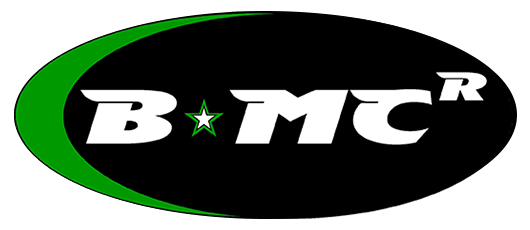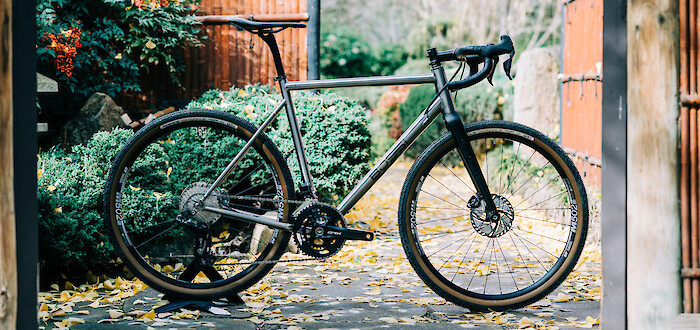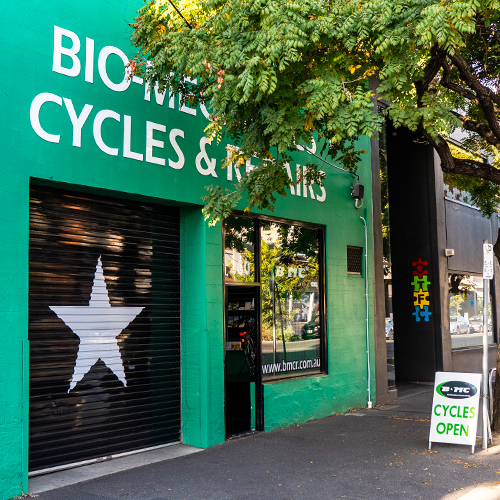9 Best Questions To Ask Before Buying A Bike


BMCR's guide to the areas most people miss
It’s new bike time. You’ve worked out what kind of riding you want to do, you’ve figured out the features you want, you even know how much fork travel or what gear ratio you need.
But have you thought of everything?
Over the years, we’ve discovered all the mistakes people make when buying a bicycle, ranging from unexpected service costs to unavailable spares that effectively write the bike off.
This is our guide so you know what to look for, before you hand any money over.
Pssst: looking to pick up a secondhand bike? This advice applies to you, too.

Question One: Does it have proprietary parts?
Firstly, what are proprietary parts?
A proprietary part is a component that a brand has specifically designed to be used with a particular frame. The design of a proprietary part is owned by the manufacturer, so it cannot be made by other brands or third parties.
Proprietary parts most commonly lurk in these areas:
- headsets
- spacers
- seat posts
- suspension.
Most people, however, don’t actually know that their bicycle contains proprietary components; the shop/seller tends to omit this information, so you usually only find out when your bike is being serviced and replacement parts are required.
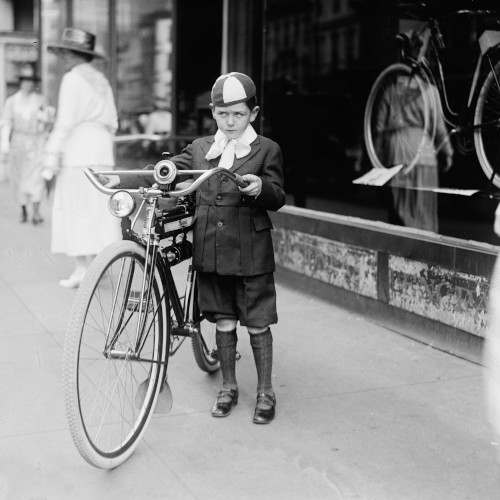
Before delving into the downside, it’s worth noting that without components being proprietary at some point, there’d be no technological developments in the field. Proprietary parts have led to improvements in shifting performance, more powerful brakes, and other innovations, so it’s not all bad. But in the majority of cases it can be an inconvenient—and sometimes expensive—surprise.
The main issue with proprietary design means that you are locked into that brand’s product range. Perhaps your new bike has customised headset spacers for that super-clean aero look, or a specifically moulded seat post. Several aero bikes also use proprietary headset bearing dimensions. That’s fine...until something breaks or wears out.
When it does, you’ll firstly have to purchase replacements from the same shop or chain of stores that you bought your bike from (assuming that shop still deals with that brand), as major brands won’t sell proprietary replacement parts to independent retailers. One particular brand also sells its proprietary headset bearings as a kit for $200, whereas most regular sizes (which could easily have been chosen by that manufacturer) sell for $15-35 each.
A bigger problem, however, is if the manufacturer has stopped making those particular parts. If they’re no longer available, you (or your trusty mechanic) will have to be able to find something that fits your frame’s specific design, and this can be a nightmare.

This problem is particularly bad when it comes to suspension (e.g. forks and shocks). Proprietary suspension is often designed specifically for that frame, and has its own custom dimensions. This means that absolutely no other shock will fit your frame except the exact one it came with.
So what happens if the suspension manufacturer—which is usually different to the frame manufacturer—stops making that shock? And what happens if they stop providing spares for servicing that shock? You can’t get another model that will fit the frame, so once the shock is dead, so is your bike. It’s a massive problem to essentially have to throw away an entire bicycle because the shock no longer works. It's also bad because most customers who own these bikes don't know about this issue; we've had to break the news more than once, and it's a horrible message to deliver (and of course far worse to receive).
Avoid this heartbreak by avoiding proprietary suspension, unless you understand that it is a proprietary system and you are keen to invest in that technology.
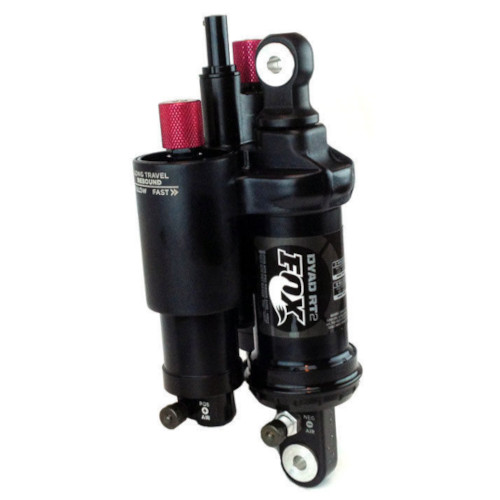
Overall, when it comes to proprietary design, if the nature of those components does actually lead to genuine improvements in performance, it’s essential and welcomed. But if it’s only done to lock you into that product range and there’s no longevity or performance benefit, you need to ask yourself whether it’s really worth it.
As our final two cents on the suspension side of things, if the frame design is good enough, you should be able to put any brand of suspension into it. Just sayin’.

Question Two: What is the true cost of maintenance?
Ah, streamlined designs. So sleek. So fast. So (surprise!) freakin’ expensive when it comes to servicing.
The past few years have seen a massive trend in road bike design to make them as aero as possible. You know those bikes you look at where all of the cabling and brake hoses are hidden inside the frame? Yeah, those. While it is indeed aero and does look a lot neater, the drawback is that service work takes a lot longer.
For example, imagine your bike needs new headset bearings. Normally you can just drop the forks out, change the bearings over, and put the forks back in. But on a bicycle where the brake hoses and gear cables run through the headset bearings, you have to:
- split the brake lines
- remove the gear cables and casings
- change the bearings
- reconnect everything
- re-bleed the brakes
- get the gears working again and
- put the bike back together.
What normally takes 30 minutes on a regular bike can now take as long as 2-3 hours (and thus costs substantially more). It turns what is usually a simple procedure into a long and expensive one, when it really shouldn’t be. (We could also talk about whether or not aero bikes actually deliver genuine performance improvements for the average rider or just look nice, but that’s for another article…)
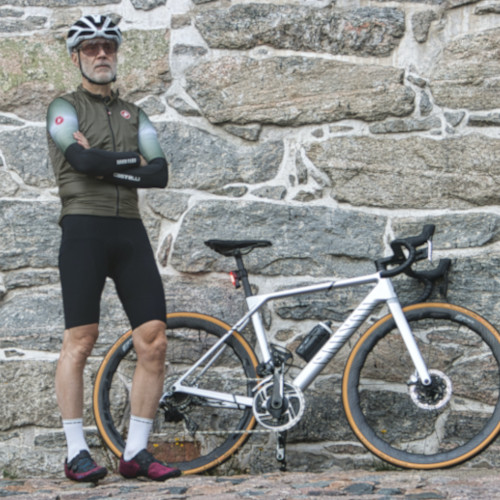
Although it may be almost impossible to avoid internal cabling on your road bike, especially if you’re in the market for a high-performance model, it’s good to at least be prepared for the associated costs. While we’re on the topic of integrated cabling, it’s also worth noting that if you tend to travel with your bike, integrated cables and hoses make it far more difficult to pack your bike down (and have a much higher likelihood of being damaged) compared to more traditional setups.

Sometimes ongoing maintenance costs are fortunately simpler, such as the case with tyre sealant. We regularly see customers who have bought a bike with a tubeless setup but have been given absolutely no information about it, or know how to repair a puncture. Many also don’t know that the sealant needs to be topped up every few months, or even what brand of sealant they’re using. Although sealant isn’t a huge expense, it’s another cost to be aware of.
Speaking of tyre sealant...
Question Three: Is the bike actually tubeless-compatible?
(Well, tyres and rims, not the frame, but you know what we mean.)
For a bike to run a tubeless setup, it needs to have tubeless-compatible rims as well as tubeless-compatible tyres. (Here’s why.) Tubeless compatibility is a huge selling point for bikes, but it’s also an area where people are often misled. We get a number of customers bringing in their new bike for a tubeless conversion, who are then surprised to find out that either the rims or the tyres (or both) they were told are tubeless-compatible actually aren't. If they want to run tubeless, they're going to have to purchase the right components, which is another unexpected expense.
Don’t rely on the salesperson or seller when it comes to this area. Get the specs of the rims and tyres, and check their manufacturer’s website to make sure.

Question Five: What kind of seatpost does it have?
If it’s got an integrated post, there are a couple of potential issues.
Firstly, the saddle height is more complicated to change – it’s not like a regular post where you can simply undo the clamp and move the saddle to where you need it. You can, of course, cut the seat tube down, and brands usually supply 15-20mm of spacers if you conversely need to go higher, so you should hopefully be OK unless the store selling it to you has made a colossal mistake.
A bigger issue, however, is if the seat post clamp is a proprietary design (there’s our old friend again) and they stop making it after a few years. If your clamp ever bends or cracks, and you can’t get a replacement, that frame is going in the bin.
This same problem applies to aero or non-standard seat posts. If the manufacturer changes the seat post design down the track or you can’t buy another one, that’s going to be a real problem if something happens to your existing post. Like proprietary suspension, it could mean that for the sake of a relatively minor part, you’re up for a whole new bike.

Question Six: does it have integrated handlebars and stem?
Like the seatpost, the integrated handlebar/stem combo has to fit your dimensions exactly. As the head stem is part of the structure, you can’t just swap it out for another if you’re too stretched out or too cramped.
If you’re purchasing a bike which has this style of integrated bar and the shop isn’t willing to swap it out to a different size that properly suits you, it can be very expensive to get the ones you need.
Question Seven: Are the components actually compatible?
An easier question might be: does the bike actually work?
Stop laughing. We’re serious.
Here’s an industry secret for you. Bike components are put into two categories: A-compatibility and B-compatibility. A bike that’s specced with A-compatibility parts means that all of the gear components are designed to work together. A bike that’s specced with B-compatibility parts, on the other hand, means that they work well enough to be functional, but they’re never going to be perfect.

What’s the point of B-compatibility then? That’s simple: to keep the costs down, or to let the bike brand use component combinations to achieve an outcome that’s outside the normal specifications of the component manufacturer (usually at the cost of performance and/or reliability). To consumers, however, it looks good on the spec sheet when you’re checking out which bike you’re going to buy.
It’s more common than you think. For example (and here sensitive Specialized owners may want to skip to the next paragraph), take the Specialized Sequoia. A hugely popular bike, the Sequoia’s gears are technically just beyond the scope of their derailleurs. The bike runs these parts because Specialized want to achieve a certain spec range outside what the major brands produce. The Sequoia’s gears are OK, but without changing components, they’ll never be great.

As another example, when Surly first produced their famous Long Haul Trucker, it came with bar-end shifters. The official line was that these shifters had fewer moving parts, and so were easier to service than an STI shifter—which is absolutely true, by the way—but the other reason for them was because it was the only way to get the Trucker’s gears to work with the components Surly wanted to run on it.
But how do you test this on your potential new purchase? Test-ride the bike. If the shop/person who’s selling it to you tries to fob you off with “the gears just need to be fine-tuned”, tell them to fine-tune them, and then ride it. If they refuse, ask yourself: do you want to buy a bike from them?
Question Eight: How niche is too niche?
Another thing to keep in mind is that niche designs or products can be fun—hey, it’s nice to stand out from the crowd sometimes—but the more left-field the item or design is, the harder it can be to get spares.
Fat bikes are a great example of this. Fat bikes are primarily designed for surfaces that are traditionally hard to ride on, such as sand or snow, via their giant cushion-y tyres. They were never going to sell in the same numbers as a regular bike, but there were a few years where it seemed like almost every brand was churning out their own fat bike option to try and cash in on the trend. The market for these bikes—already small—became oversaturated, and subsequently collapsed.
The result is that now fat bike owners are facing real problems finding basic items like tyres because hardly anyone makes them any more (which of course has now been complicated by the supply issues from COVID-19). If it’s bad to have to bin a bike because the shock didn’t work, how frustrating would it be to have to ditch one because you can’t find a replacement tube?

Question Nine: What’s the service history?
For those about to purchase a second-hand bike, this one’s just for you.
What’s our number-one tip on what to look for when buying a used bike? Ask about the service history, and try to get the specifics. If the seller claims the bike was recently serviced, ask what was done, and where it was done. A ‘wipe it down and pump up the tyres’ service is extremely different to a ‘strip down and rebuild’ service, so the more detail you can get, the better. (If the seller says we serviced it, ask them for a copy of the service records. We can email it through; it literally takes two minutes.)
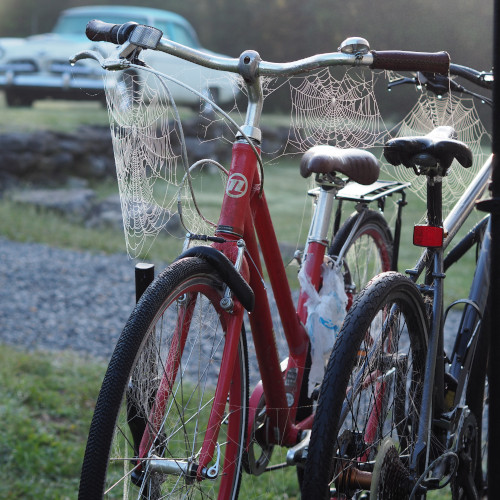
To be honest, we debated about putting this section in here, but lately at the workshop we’ve seen far too many secondhand bikes which have been purchased in good faith with the assurance that they’ve been well-maintained but which have turned out to need hundreds (sometimes thousands) of dollars’ worth of work. It’s awful to find out that you could have bought a new bike for the amount of money your ‘bargain’ purchase is going to cost you. And good luck getting a refund from someone you met on Facebook Marketplace.
So ask about the service history, and if the seller is reluctant to give you the information, don’t give them your money.
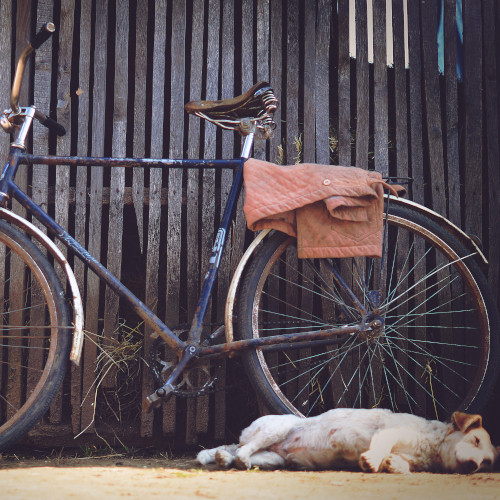
Bonus tip: a warning on internet ebikes
Ebikes sold cheaply online often use parts which aren’t actually designed for bicycles. It’s pretty common for people to come in with a puncture requiring a tube or tyre size that local bike shops just don’t sell. (This applies to escooters as well.)
Usually the only way to get a flat tyre fixed in this situation is to buy another tube/tyre/random part from the online manufacturer. (If they sell spares, that is, as some of them don’t.)
If you’re looking to buy an ebike or other micromobility option, we’d strongly recommend getting one from a physical shop who specialises in this area.

So there you have it. Nine commonly overlooked areas to investigate before you pour your cash into someone else’s hands.
After all, a new bike should be a thing of joy, not something to regret.
Need your new pride and joy serviced? We can take care of that.
